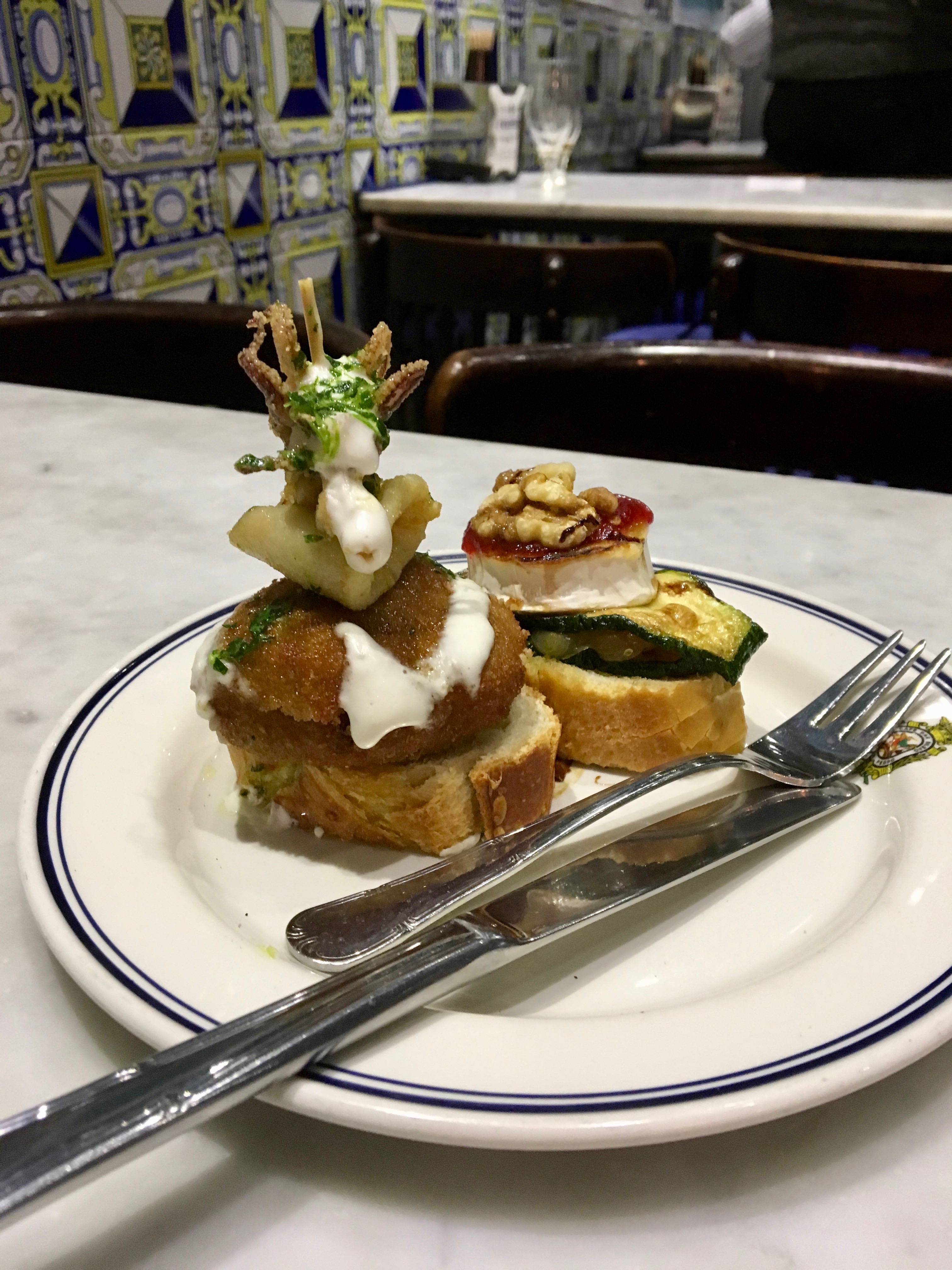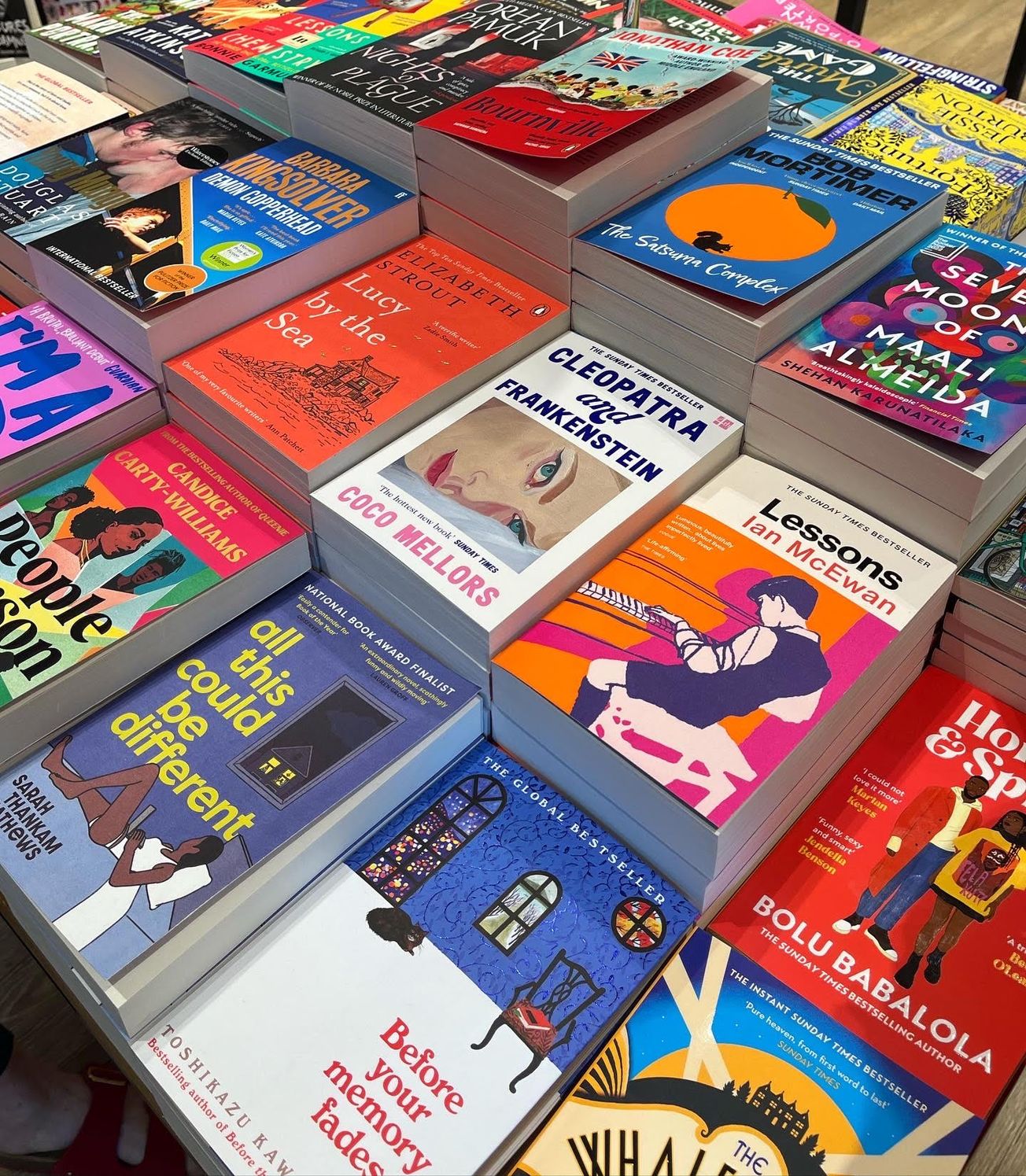By Joe Gorecki Deputy Music Editor
Joe Gorecki portrays Bilbao as a city basking in an artistic, renovated glow whilst still having the bang and clatter of a historic and working city.
If you stand on Bilbao’s Iparraguirre Kalea and look down the end of the street towards the Nervión river, you’ll notice something obscuring your view: A vast collection of metallic curves glisten in the sun, jutting out of the ground to demand your attention. This sweeping space age complex is the Museo Guggenheim, the Frank Gehry-designed contemporary art gallery which has come to represent the city which despite its modest size packs an outsize cultural punch.
Many cities are chasing this ‘Bilbao effect’, whereby a city attracts a cultural outpost to use as a springboard for redevelopment: most recently Dundee is hoping for this to happen to them with the opening of the V&A Dundee there this past summer. While an exhibit at the city’s maritime museum goes to great pain to say what a transformative effect it had on this old port city, hit hard by recession in 1980s, it’s hard to say whether the Guggenheim actually changed Bilbao or whether it just gave the world a reason to visit Bilbao and see what the biggest city in the Basque country had to offer.
For the unfamiliar the Basque country is the historic region facing the Bay of Biscay that straddles the Franco-Spanish border. The Basque culture and language predate the Roman conquest of the Iberian Peninsula. More recently its difference to the rest of Spain was expressed violently by the terrorist group ETA. The group formally disbanded earlier this year and the region is very keen to move on from this period of history. While Basque nationalists are strong force in the region’s politics, there is significantly less appetite for independence from Spain than in Catalonia.

Epigram / Joe Gorecki
Bilbao is a particular mix of Basque and Spanish. There are plenty of Basque national flags about but similarly commonplace were flags saying ‘Refugees Welcome’ in Euskera, the Basque language. Within Spain, Basques have a reputation of being dour, but I found the opposite to be the case, feeling very welcome. Despite The city is bilingual but even when speaking Spanish words from Euskera are commonplace. I, myself, soon found myself saying ‘agur’ for goodbye, instead of ‘adiós’.
Walking around you definitely get the feeling the city has changed, however, but integral to this reinvention process has been the blending of old and new. The Guggenheim blends in with the river that made the city a historical trading bub; There’s an exciting new library and arts space is housed within a grand former wine warehouse; One of the focal points of Bilbao’s old town is the distinctly modernist metro station carved into a hill. Bilbao shows you don’t have to choose between the past and the future: you can have both.
I spent plenty of time getting lost in the city’s old town, the Casco Viejo. While not actually that big, the labyrinthine medieval alleys create the impression of enormity. Just off one of these streets is the impressive square of the Plaza Nueva. Here you’ll find many bars specialising in pintxos, the Basque equivalent of tapas.
In the rest of Spain, you’ll be given tapas when ordering drinks but in the Basque country you pay for pintxos. However, they are often gastronomic creations in miniature of such incredible quality, that they work out a bargain. Good food and drink are integral to Basque culture with a culinary tradition to rival any of its Iberian neighbours and with a strong emphasis on seafood, owing to the Basque country’s maritime tradition. While the Basques share with Bristolians a liking for cider, the region’s wines are also an excellent insider tip, particularly when poured from a great height, as is local custom.
Following the river up from the Casco Viejo you’re eventually face to face with the Guggenheim again. The museum itself is an astonishing space. As soon as you get past the ticket desks you enter this large atrium, platforms above your head, as windows many metres tall cover the space in light and through which you can catch a glimpse at bridges crossing the Nervión foregrounded by Jeff Koons’ slightly ostentatious ‘Flowers’. The building is as much a piece of art as the art inside. A sense of thrill comes from exploring its three dimensions. The first time I visited the museum, it provided welcome shelter from the rain: at certain times of the year, the weather can be decidedly English. But that just made me feel more welcome.
*Featured Image: Epigram / Joe Gorecki *
Do you have a favourite city in Spain? Let us know!









